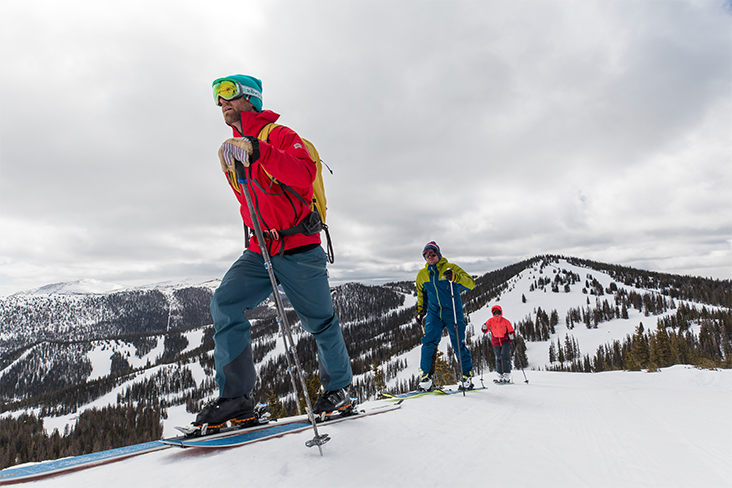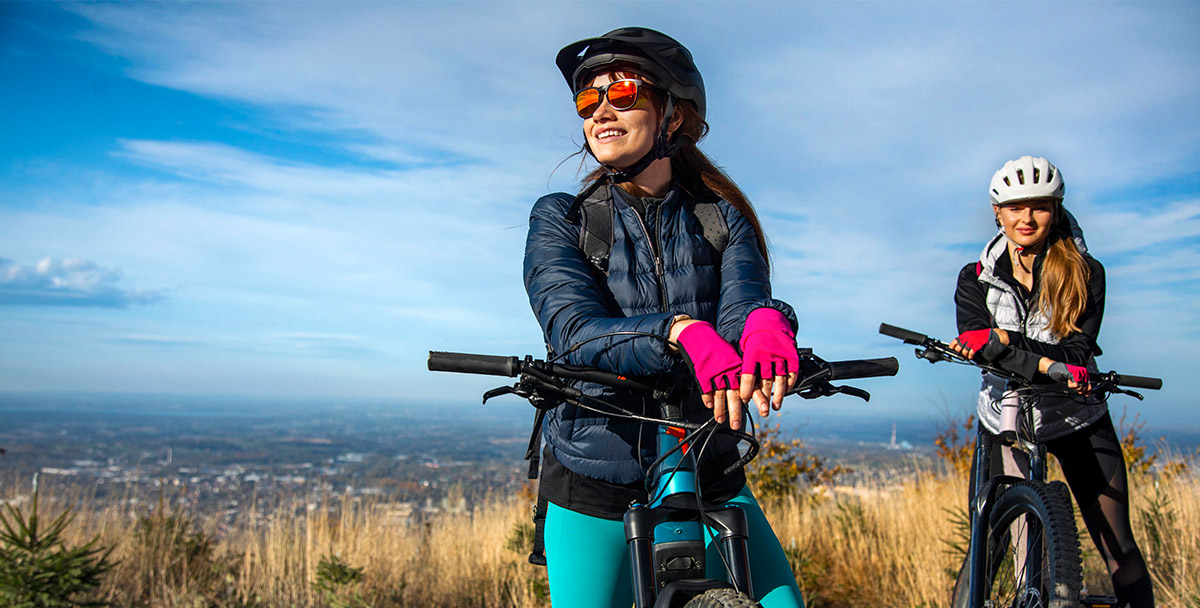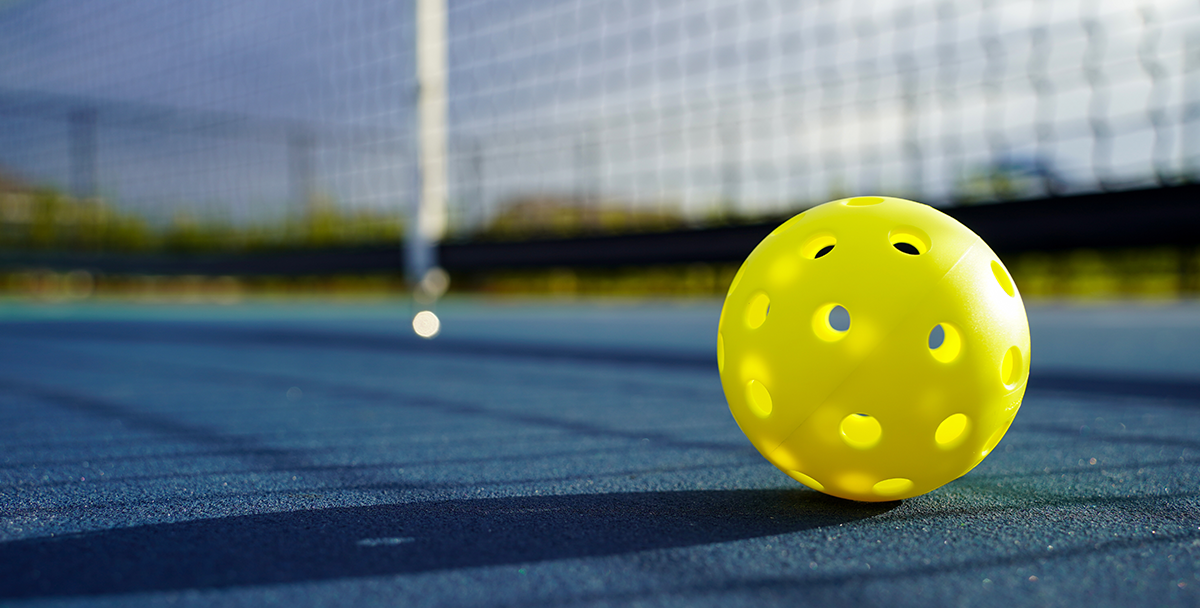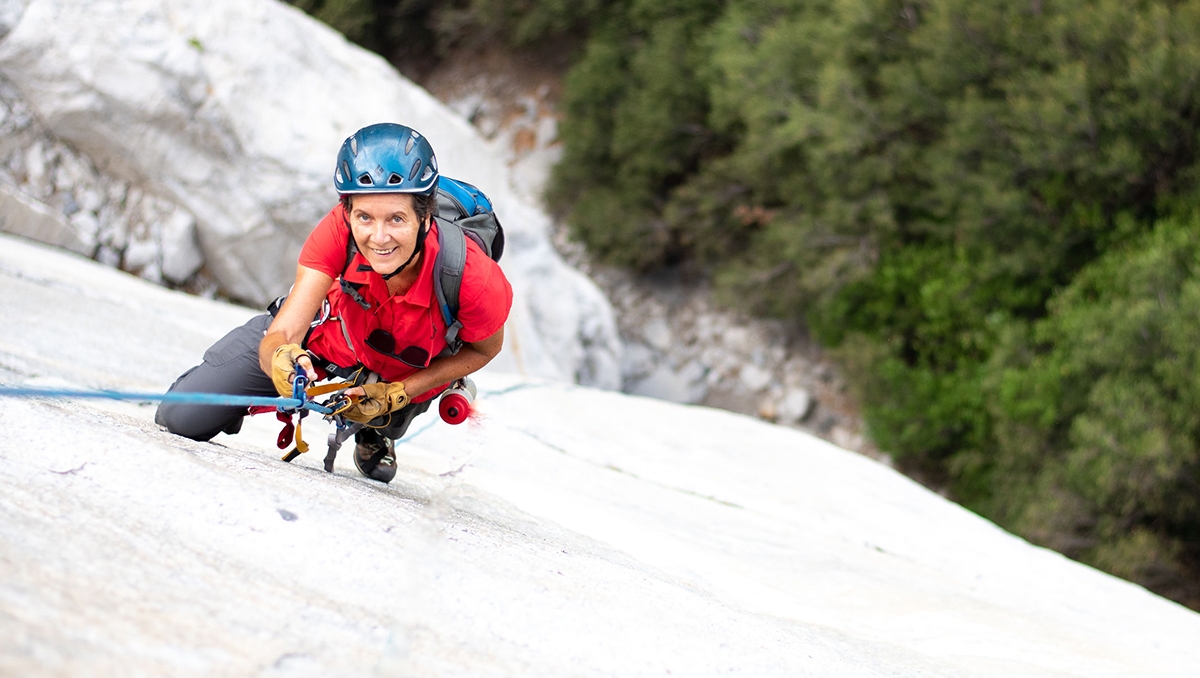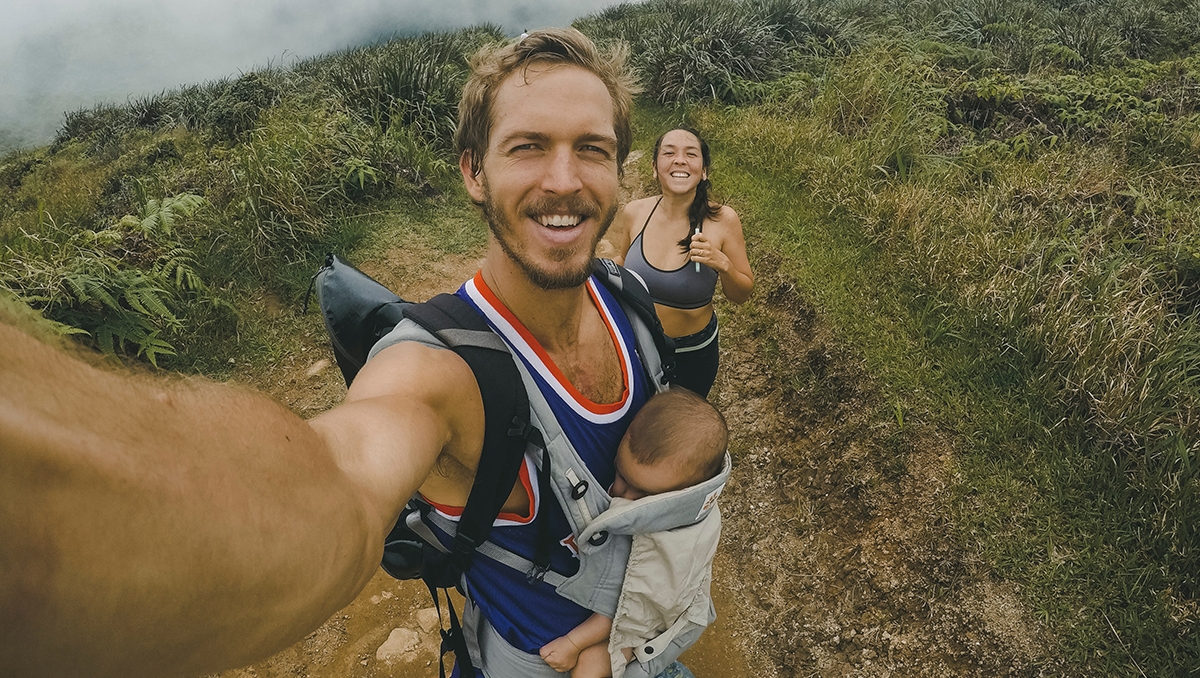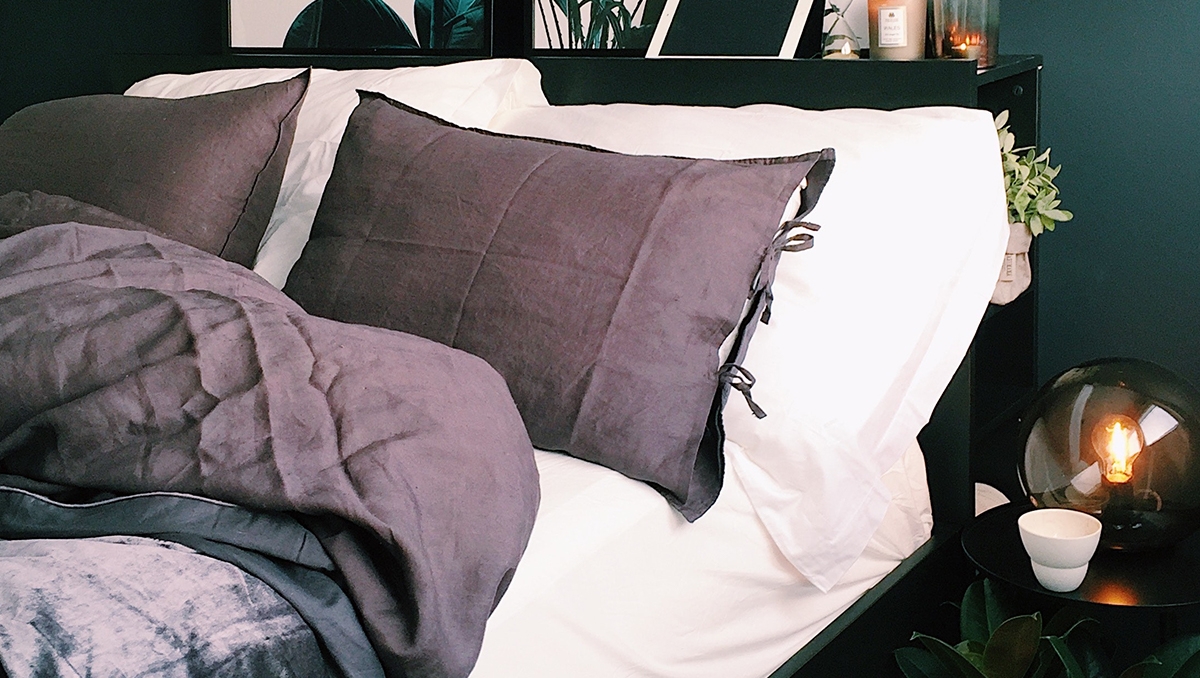The Alpine sunshine beat down on my cheeks as rivulets of sweat poured from my chin before dropping into the snow. Sucking wind like I’d just completed a 100-yard dash, I bent at the waist, supporting my body weight on two ski poles.
Still panting, I glanced to my left where a chairlift swiftly zipped a handful of skiers up the slopes, depositing them at the top for their next adrenaline-filled voyage down the ski hill. I, too, was excited to reach the summit for my first powdery downhill – but I had to climb there first.
It was winter 2020, and I was trying my hand at uphilling. Instead of taking a chairlift, you walk uphill strapped to your skis (with special climbing skins attached on the bottom to help grip the snow) before zipping back down.
I’d recently moved to Aspen, Colorado, a ski town known for its glitz and glamor. But what most visitors don’t realize is that Aspen is arguably the national epicenter for uphilling. It’s been allowed at the Aspen ski resorts for over 75 years – and the locals take it seriously. On any given day, you’ll see dozens of skiers slogging uphill, toting backpacks full of gear and water.
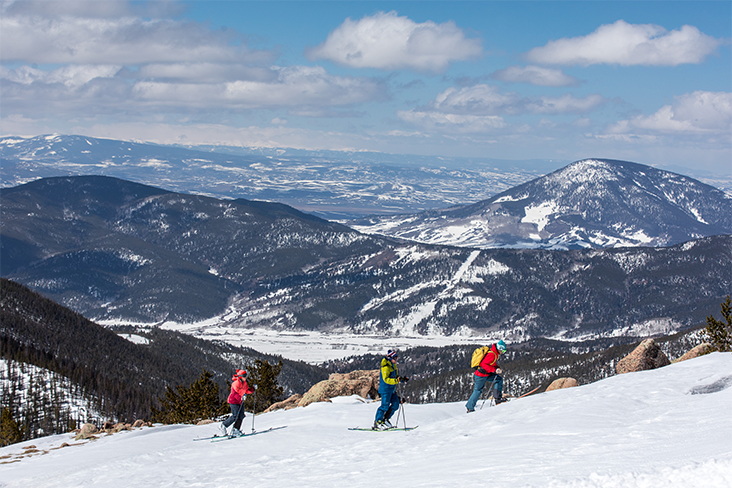
Uphilling, also known as “skinning” and “ski touring,” is a growing trend in the ski industry. According to the 2022-23 Kottke End of Season and Demographic Report hosted by the National Ski Areas Association (NSAA), a whopping 66% of ski areas now offer uphilling in some capacity. This is a marked increase from the 2012-13 survey when uphilling was first included. Then, only 29% of resorts offered uphilling.
For some, skiing uphill for two hours to earn a single downhill run may seem absurd. But skiing isn’t just about the downhill anymore. The average lift ticket cost for the Rocky Mountain region (including Colorado, New Mexico, Utah, Wyoming, Idaho, and Montana) in 2022 was $197. In 2013, it was $97. Once the equipment has been purchased (see sidebar for money-saving tips), uphilling is the affordable sibling. At resorts like Aspen, a season uphill pass costs $69. At other mountains, it’s totally free.
“I initially got started in uphilling because it felt like a great way to meet people and explore the mountains without a ski pass,” says Olivia Klein, a 30-year-old social media expert based in Aspen.
Other advocates are turning toward uphilling because of its increased safety. Unlike backcountry skiing where you head into unmonitored terrain, uphilling that takes places within the boundaries of a monitored ski resort is a safer alternative. This means that ski patrol mitigates the terrain to ensure your safety – and you don’t need to worry about avalanches.
Elizabeth Gordon, 38, is a freelance content strategist and UX copywriter based in Park City, Utah. She enjoys the accessibility of uphilling, especially for her current lifestyle. “I know how dangerous the backcountry is, but as a working mom of three, I haven’t had the time to take my [avalanche certification],” Gordon says. “Uphilling is appealing to me as an intermediary step to learn about the gear in a safe environment.”
Both Klein and Gordon also note that the uphilling community is special with local meetups happening on the slopes. Klein says she’s happy to have found a winter sport that’s challenging but rewarding. “I’ve discovered that I’m an uphill person rather than a downhill person,” she says.
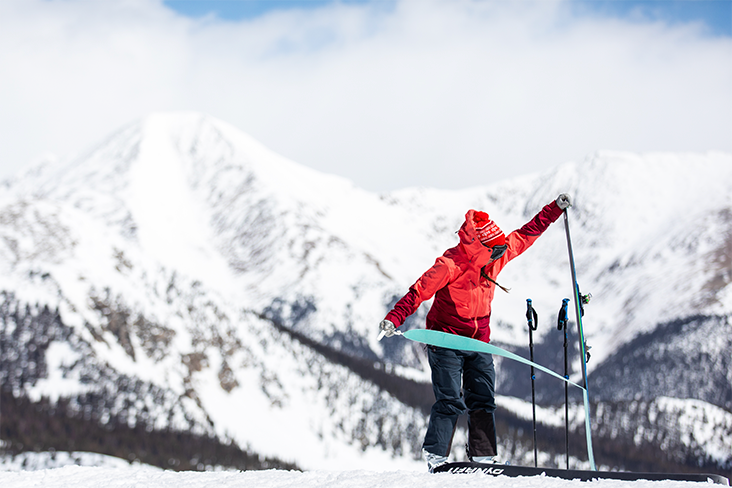
What Type of Gear Do I Need?
No doubt about it, uphilling gear is still expensive. Not only will you need skis, but you’ll also need specialized ski boots and bindings built for the activity. Known as alpine touring (AT) boots or bindings, they both boast uphill and downhill modes so that you can comfortably walk uphill yet securely ski down. You will also need skins, a sticky strip of carpet that attaches to the bottom of your ski. Worn on the uphill, it ensures you won’t slide backward. You will also need ski poles, a backpack to carry everything in, and a ski helmet for the downhill.
Where Can I Ski Uphill?
Every ski resort has a different uphill policy, so it’s important to know before you go. Look for an “uphill policy” on the ski resort website. Some resorts only allow uphilling before and after the chairlifts stop turning, while others allow it all day long. Additionally, most resorts typically have designated uphill routes to follow.
How Much Does Uphilling Cost?
The price varies depending on the ski resort. Some resorts don’t charge anything but still request you pick up an uphill “lift ticket.” Others, like Aspen, charge a nominal fee that helps maintain the ski runs, upkeep on the slopeside lodges (since uphillers use them too) and support the local search and rescue. Check with the resort to find their policies.
